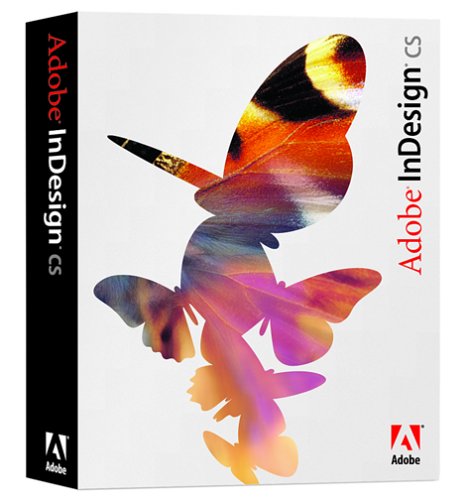

This adds additional costs to the process and, honestly, should be avoided.īut, even if you don’t mind the additional costs, it worth noting that designs created in RGB don’t usually convert well to CMYK-the colours will often look dull and washed-out (see below).

It automatically converts images to RGB-a colour mode not supported by most commercial label presses (including ours)-meaning that any labels designed in Word will need to be reworked before printing. Microsoft Word presents artwork in a way that is not suitable for printing high-quality labels.

It may be tempting to use Microsoft Word or Adobe Photoshop to design your label, but they are poor choices for this type of task. Here are the 13 best practices they shared with us: #1: ALWAYS Design Your Labels in Adobe Illustrator (NOT Microsoft Word or Photoshop) We put this question to our talented in-house design team who have years of graphic design experience.
Adobe indesign wiki professional#
So, the question is: what should you do if you don’t have the budget available to hire a professional label designer? If that sounds complicated, it’s because it is. It should also lead the consumer down the path of purchasing your product. It’s about creating something that stands out on the shelf, oozes your brand values, and attracts attention. Product labelling isn’t just about creating something pretty.


 0 kommentar(er)
0 kommentar(er)
